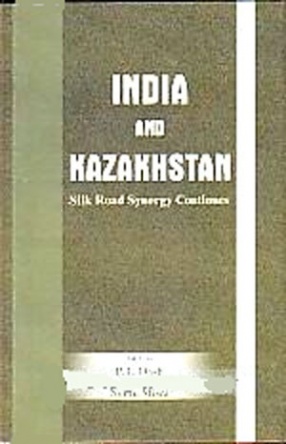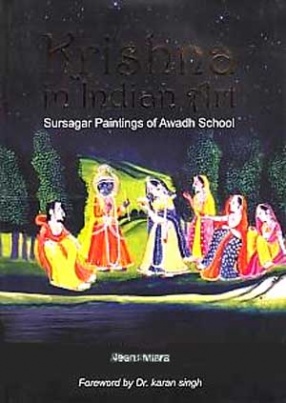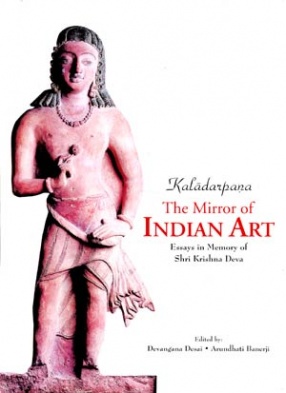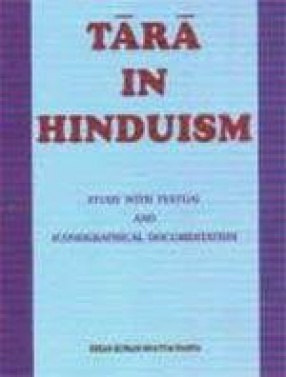Several illustrious poets, litterateurs, mystics, thinkers and social reformers flourished in the thirteenth-century India and Persia. Ferishta, Jalaluddin Rumi, Amir Khusrau and Sheikh Sa'adi are some of the great contemporaneous names. Gulistan or Garden of Roses, is the most popular composition of Sa'adi, and has been translated in several languages. Gulistan is not a book of morals alone. It has been considered a treatise on good governance by padshahs and emperors. Regarded as elite reading, it was customary for the diplomats and traders travelling from Persia to Indian courts and vice versa, to present a copy of the manuscript to the high ranking nobles and kings as a mark of respect and recognition of their learning. As a consequence, a number of illustrated manuscripts of popular Persian anthologies were prepared under royal patronage. Many such works have survived and are available to us as a testimony to the art of calligraphy, book binding, illumination, illustration and miniature painting of the yesteryears. With the decline of the Mughal empire, the artistic traditions of its ateliers found new patronage under the regional principalities. The kingdom of Alwar in the nineteenth century under Banni Singh, while adopting the imperial Mughal traditions, established its own atelier where the present manuscript was created. The work is a rare confluence of the art of book and miniature painting, reproducing the celebrated Gulistan of Sa'adi almost six hundred years after its original composition. The rich illustrations created in the Rajasthan court are a salutation tot he magnificent Persian and Mughal miniature painting traditions.
Splendours of Rajasthan Paintings: Gulistan of Alwar School
In stock
Free & Quick Delivery Worldwide
reviews
Bibliographic information
Title
Splendours of Rajasthan Paintings: Gulistan of Alwar School
Author
Edition
1st ed.
Publisher
ISBN
8173047886
Length
184p.
Subjects








There are no reviews yet.